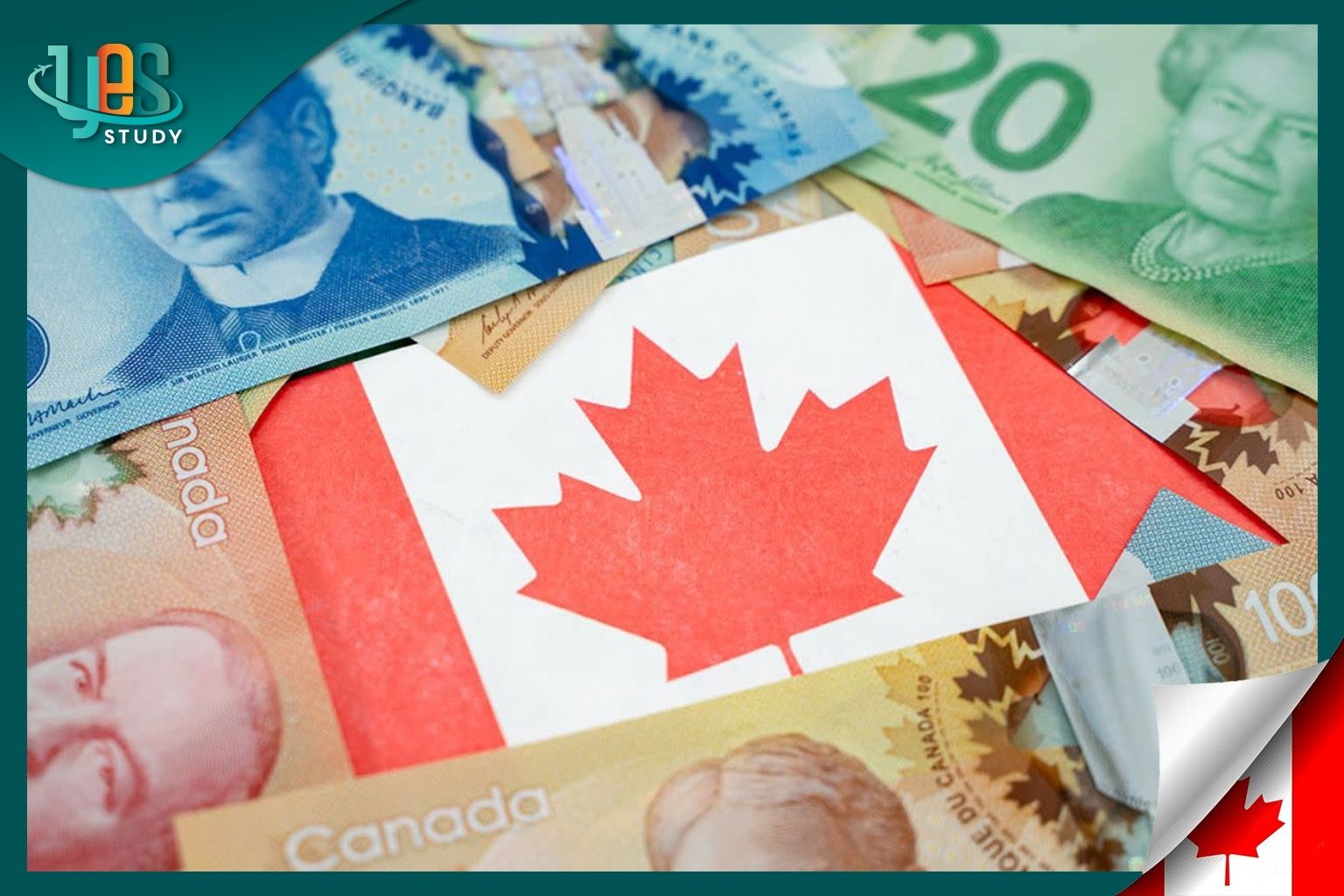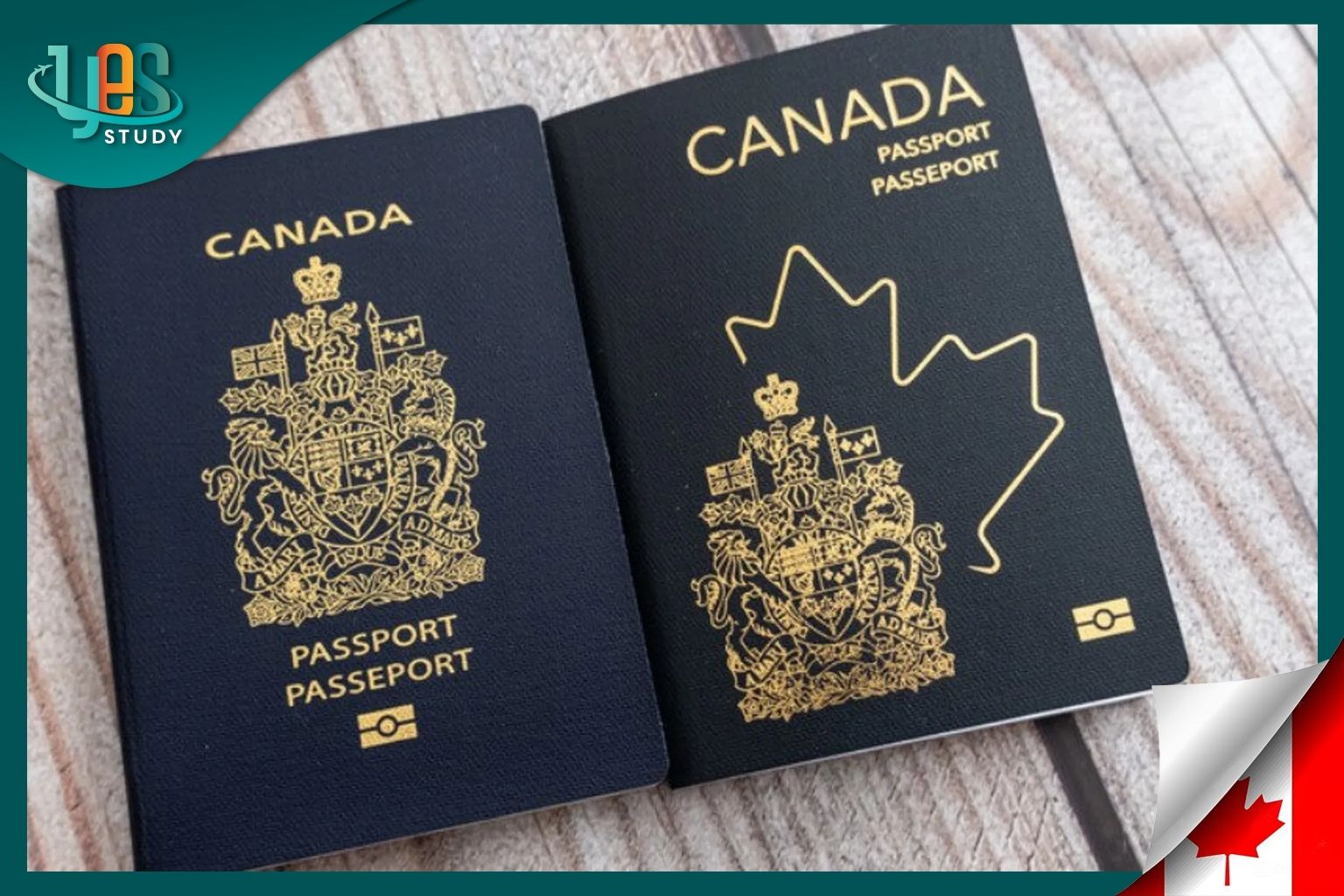How to Transfer Money from Vietnam to Canada: 4 Safe and Legal Methods
When you need to send a large sum of money to Canada for your child’s education, prepare for immigration, or support relatives, the biggest question is always: what is the safest, most legal, cost-effective, and simplest way to transfer money from Vietnam to Canada?
Yes Study will guide you through the 4 most common and legal methods for transferring money from Vietnam to Canada, helping you make a smart, effective, and secure choice for your transactions.
Legally Permitted Purposes for Transferring Money to Canada
To carry out transactions through official and legal channels like banks, you must be able to prove that your purpose for transferring money is legitimate. Preparing documents to prove one of the purposes below is a crucial first step:
- Education and medical treatment abroad
- Business trips, tourism, or visits
- Financial support for relatives living abroad
- Transferring funds for immigration purposes
- Payment of various fees and charges to foreign entities
For each of these purposes, you will need to provide a different set of supporting documents. Having all the necessary paperwork ready will ensure your transaction proceeds smoothly and in compliance with the law.
The Most Common Ways to Transfer Money from Vietnam to Canada Today
To ensure safety and legality, we recommend choosing one of the four official methods below. Each method has its own advantages and disadvantages, catering to different needs.
1. Bank Wire Transfer
This is the most traditional, secure, and reliable method, conducted at the transaction counters of commercial banks in Vietnam. It is particularly suitable for large-value transactions that require a high degree of legal validity.
Advantages:
- Extremely secure and reliable
- Protected by law
- High transfer limits
- Ideal for paying tuition fees
- Suitable for investment or purchasing real estate
Disadvantages:
- The paperwork can be quite complex
- It usually takes 2-3 business days for the funds to be received
- Transfer fees can be higher compared to online services
How it works: You visit a bank branch in person, provide the recipient’s account information in Canada (including the SWIFT code), and submit documents proving the purpose of the transfer (e.g., a tuition fee notice). Once the procedure is complete, the bank will execute the transfer, and the recipient will have the money in their account within 2-3 business days.
2. International Money Transfer Services
This is the solution for urgent situations where money needs to be sent quickly. The recipient can pick up cash within minutes at thousands of agent locations across Canada.
Advantages:
- Extremely fast processing time
- Extensive network of pick-up locations
- The recipient does not need a bank account in Canada
Disadvantages:
- Service fees are typically the highest among all methods
- The exchange rate is often less favorable than what banks offer
- There are limits on the amount that can be sent per transaction
How it works: You go to an agent location, fill in the recipient’s details, and receive a Money Transfer Control Number (MTCN). You then share this number with your relative in Canada. The recipient simply needs to present their ID and the MTCN at any agent location to receive the cash immediately.
3. Fintech/Online Money Transfer Platforms
These financial technology (Fintech) companies are becoming increasingly popular due to their convenience and competitive costs.
Advantages:
- Service fees are often very low and transparent
- They typically use the mid-market exchange rate
- The entire process is completed quickly online
Disadvantages:
- The availability of sending money from Vietnam may be limited on some platforms
- It’s important to research and verify the service thoroughly before using it
How it works: You create an account on their website or app, set up a transfer order, and then send VND to the service’s local Vietnamese bank account. The service automatically converts the funds and deposits CAD into the recipient’s bank account in Canada.
4. Visa/Mastercard Payments
This method is more commonly used for direct payments rather than transferring funds between individuals. For example, paying a portion of tuition fees online through a school’s payment portal or making online purchases.
Advantages:
- Fast and straightforward
- Convenient for small, direct payments
Disadvantages:
- Not suitable for sending large sums of money
- May incur high foreign currency conversion fees
How it works: You use your card details (card number, expiry date, CVV code) to make a direct payment on an online portal, such as a university’s tuition payment page or an e-commerce website.
What is the Limit for Transferring Money Abroad?
The limits for transferring money abroad from Vietnam are clearly regulated. Understanding these limits helps you plan your finances accurately.
- For tuition and medical fees: There is no fixed limit. The maximum amount is based on the official invoice from the school or hospital.
- For living expenses and family support: The limit is determined by the regulations of the State Bank of Vietnam and the specific policies of each commercial bank.
- For immigration purposes: In principle, you are allowed to transfer the entire amount of your legally-owned funds.
The Cost of Transferring Money from Vietnam to Canada
The average cost of an international money transfer consists of several different fees, primarily:
- Transfer Fee: This is usually calculated as a percentage of the total amount sent, ranging from about 0.1% to 0.2%, often with minimum and maximum charges.
- Intermediary or Foreign Bank Fees: When transferring money through the SWIFT system, the transaction may pass through several intermediary banks before reaching the recipient’s bank, and each of these banks may charge its own fee.
Frequently Asked Questions (FAQs)
How long does it take for the recipient in Canada to get the money?
The time it takes depends on the method you choose. A bank wire transfer (SWIFT) typically takes 1-3 business days. Meanwhile, with fast transfer services like Western Union, the recipient can access the funds almost instantly.
How much cash can I carry with me on a flight?
In principle, you can carry as much as you want, but you must comply with the declaration regulations of both countries. According to Vietnamese law, you must declare amounts over 5,000 USD (or equivalent foreign currency) to customs upon departure. When entering Canada, you are required to declare any currency or monetary instruments valued at 10,000 CAD or more to the Canada Border Services Agency (CBSA). For official details, you can refer to the CBSA guidelines on reporting currency.
Is it safe to transfer money through private or unofficial services?
We strongly advise against this method. The legal risks are very high; your money could be frozen or confiscated if it’s linked to unclear sources. Most importantly, you will not have any legal documentation to prove the origin of your funds for your study permit, visa extension, or future immigration applications. This can seriously jeopardize your long-term plans in Canada.
Yes Study – Your Canada Study Abroad Consulting Partner
A safe and legal money transfer is more than just a simple transaction. It is a critical foundation for ensuring a smooth start to your life as a student and, more importantly, for the success of your long-term settlement plans in Canada.
At Yes Study, we not only assist you with your study and immigration applications but also provide comprehensive financial guidance. We can connect you with our reputable banking partners to make the process of transferring funds simple, cost-effective, and fully compliant, ensuring the highest level of legal validity for your application file.

Latest news

How to Transfer Money from Vietnam to Canada: 4 Safe and Legal Methods

The Cost of Traveling to Canada: A Detailed Budget Guide

Flying to Canada: Where Are the Layover Stops?

The Canadian Passport

What is NOC Canada? A Guide to Canada’s Immigration Occupation List
